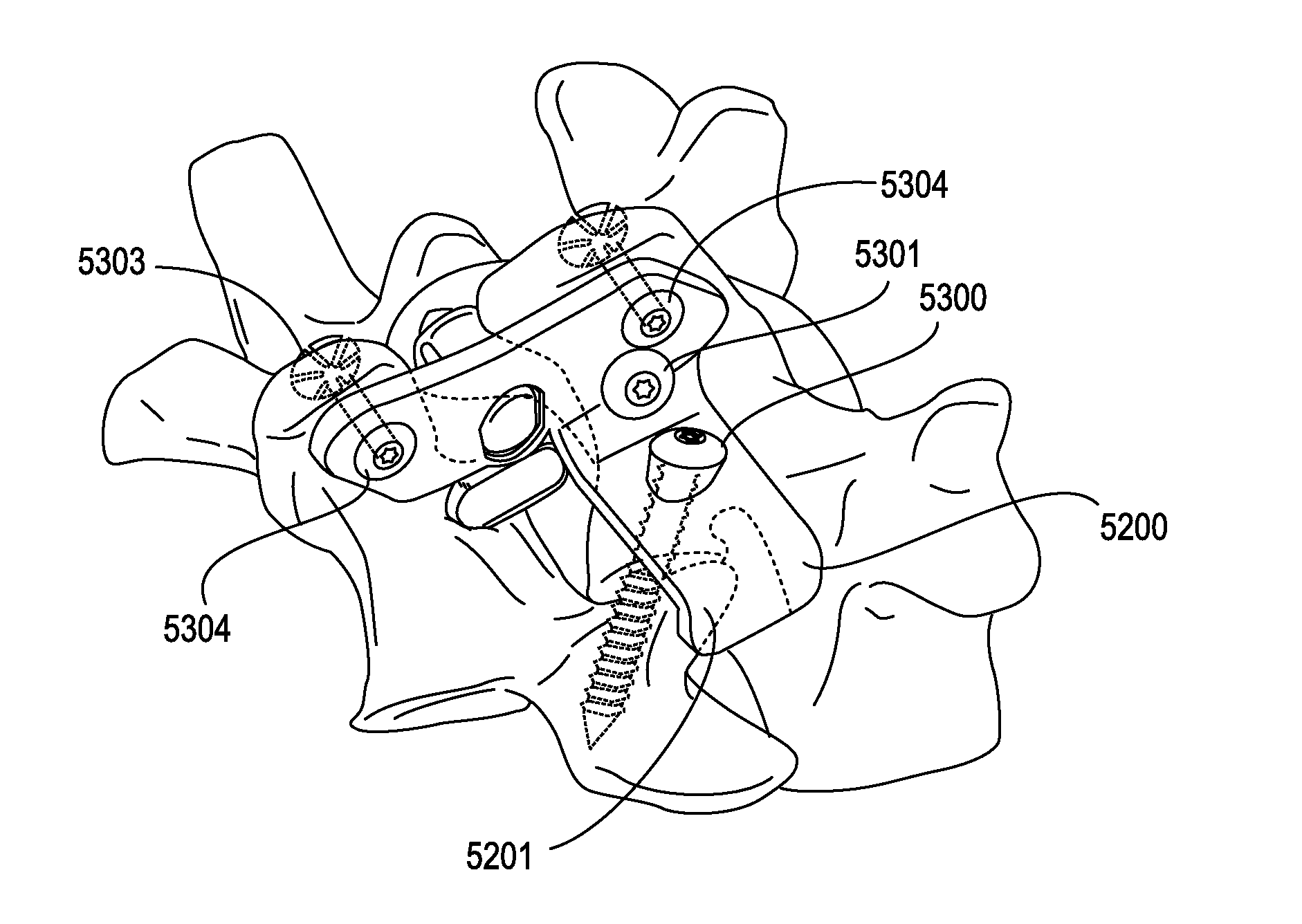Systems and methods for performing spinal fusion
a spinal fusion and system technology, applied in the field of systems and methods for spinal fusion, can solve the problems of loss of control of treatment devices or implants, short hospital stays, and minimally-invasive techniques
- Summary
- Abstract
- Description
- Claims
- Application Information
AI Technical Summary
Benefits of technology
Problems solved by technology
Method used
Image
Examples
Embodiment Construction
[0178]The systems, methods and devices described herein are generally applicable and adapted for use in treating the spine. Although numerous variations of systems, methods and types of devices for treating the spine are described may be used in one or more spinal procedure without requiring or reference to other aspects of the methods, systems and devices described herein, it is intended that many of the features illustrated may be adapted for use, and / or combined with, one or more features, steps or entire devices or methods described.
[0179]For example, some of the devices, systems and methods described herein are adapted for bimanual use, while other devices, systems and methods are adapted for unimanual use. Simialrly, some of the devices, methods and systems described herein are adapted for unilateral insertion / removal, while other devices, methods and systems are adapted for bilateral operation.
[0180]Thus, in some variations of the devices, systems and methods for treating tis...
PUM
 Login to View More
Login to View More Abstract
Description
Claims
Application Information
 Login to View More
Login to View More - R&D
- Intellectual Property
- Life Sciences
- Materials
- Tech Scout
- Unparalleled Data Quality
- Higher Quality Content
- 60% Fewer Hallucinations
Browse by: Latest US Patents, China's latest patents, Technical Efficacy Thesaurus, Application Domain, Technology Topic, Popular Technical Reports.
© 2025 PatSnap. All rights reserved.Legal|Privacy policy|Modern Slavery Act Transparency Statement|Sitemap|About US| Contact US: help@patsnap.com



